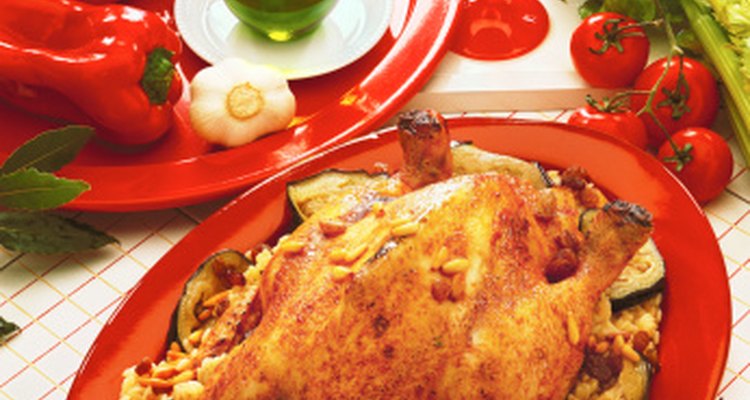
Anyone who's ever roasted a chicken has seen the drippings collect in the pan. Some cooks ignore them, others make sauce or gravy with them, and some simply mop them up with a slice of bread and eat them before the chicken ever leaves the kitchen. The drippings are a familiar sight, but most cooks don't really give much thought to how they come about or what they're made of.
The Meat Juices
One significant component of the chicken's drippings is the juices from the meat itself. The chicken's flesh, like that of other animals, is made up largely of moisture and strands of protein. During cooking, the protein strands in the chicken begin to contract. As they do so, they lose part of their ability to bind up water, forcing juices to escape. The longer the chicken is cooked, the more juices escape, which is why an overcooked bird is dry. However, even a properly cooked chicken will shed some moisture while roasting.
Fat
Another major component of the chicken's pan drippings is rendered fat. Commercially raised chickens put on weight quickly, much of it in the form of a layer of fat under the skin and larger deposits elsewhere through their bodies. During roasting this fat melts, or renders out. This is an important part the roasting process, because it moisturizes the meat, crisps the skin and carries flavors throughout the bird. The fat also insulates the meat to some extent, minimizing the loss of moisture during cooking.
Amino Acids and Other Flavor Compounds
One of the most important parts of the drippings is the amino acids that are part of the bird's juices. These are the building blocks of proteins, and when they are heated they undergo a browning process called a Maillard reaction. As they brown, the amino acids in the juices become very complex flavor molecules, providing the savory, rich flavors we associate with roasted meats. The drippings also absorb flavors from any seasonings you've used with the chicken, such as salt, pepper, garlic and herbs.
Gelatin
One further component of the drippings is gelatin, which occurs naturally in the muscles, bones, skin and connective tissues of poultry and other animals. As the bird cooks, its connective tissues are broken down and dissolved by the heat, filling the drippings with natural gelatin. This gives flavor and body to sauces or gravy made from the pan drippings. It's what makes the broth of chicken soup feel rich in your mouth. If you roast several chickens at once, you may have enough drippings left to debone and jelly one of the birds.
Related Articles
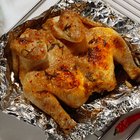
How to Get a Crispy Crust on Roasted ...
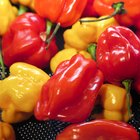
How to Cook Crispy Jerk Chicken in the ...
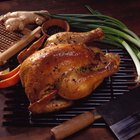
How to Marinate Roast Chicken

Can You Cook Bone-in Chicken in a Metal ...

How to Cook a Rump Roast on a Stove
Does Milk Help Tenderize Chicken?

How to Tenderize Gizzards

How to Make Canned Gravy Taste Better

Difference Between Fryer & Roaster ...

Is it Normal for Chicken to Bleed When ...
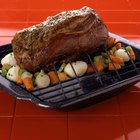
How to Cook a Whole Sirloin Tip Beef ...

How to Cook a Baked Panko Chicken Liver
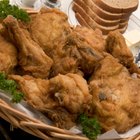
How to Par-Cook Chicken Before Frying

If Chicken Smells Bad Can You Still ...
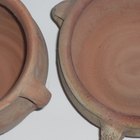
Cooking a Pot Roast in a Clay Pot
Homemade Cream of Chicken Soup Recipe
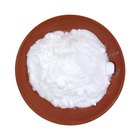
How to Get Rid of the Acid Taste in ...
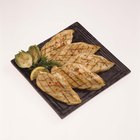
How to Cook Boneless Chicken Breasts to ...

How to Tenderize a Large Old Chicken

How to Broil Chicken on the Bone
References
- "On Food and Cooking: The Science and Lore of the Kitchen"; Harold S. McGee; 2004
- "Professional Cooking"; Wayne Gisslen; 2003
- Fine Cooking; Making Gravy from Pan Drippings; Jennifer Armentrout
Writer Bio
Fred Decker is a trained chef and prolific freelance writer. In previous careers, he sold insurance and mutual funds, and was a longtime retailer. He was educated at Memorial University of Newfoundland and the Northern Alberta Institute of Technology. His articles have appeared on numerous home and garden sites including GoneOutdoors, TheNest and eHow.
Photo Credits
Stockbyte/Stockbyte/Getty Images